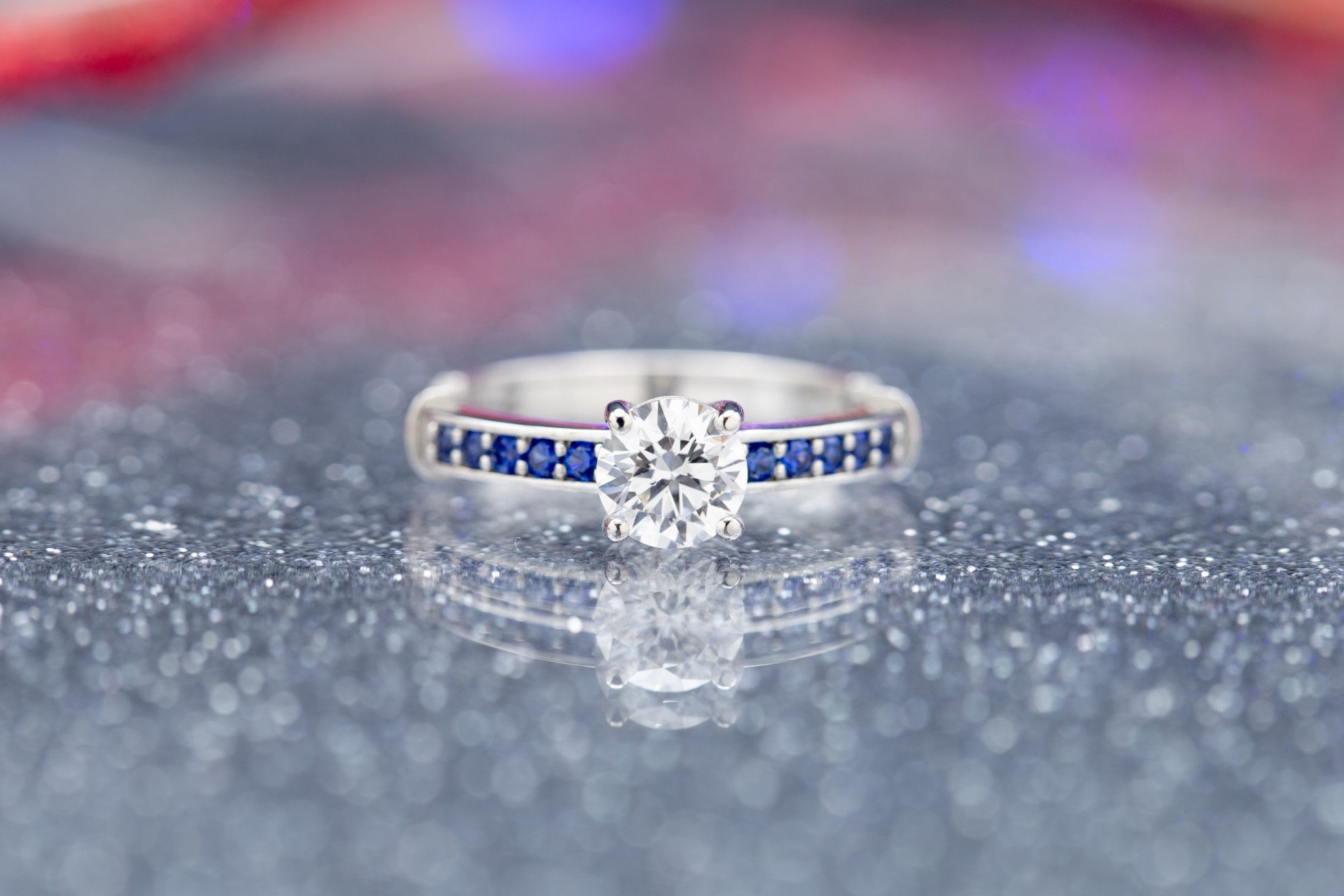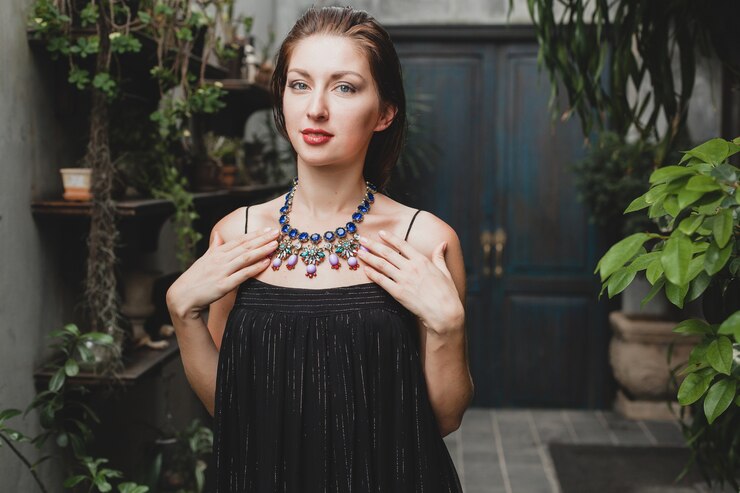Diamond Shapes and Cuts have captivated human imagination for centuries. From engagement rings to royal regalia, these precious stones are synonymous with luxury and love. But what makes a diamond truly special? It all comes down to its shape and cut. Let’s dive into the world of diamonds to understand why these elements are so crucial.
What Makes a Diamond Sparkle?
Have you ever wondered why some diamonds seem to dance with light while others remain dull? The answer lies in the cut. A well-cut diamond reflects light in such a way that it creates a dazzling sparkle. But what does “cut” really mean, and how does it differ from “shape”?
Understanding Diamond Shapes
“Shape” refers to the overall form of the diamond. The most common shapes are:
- Round: The classic choice, accounting for about 75% of diamonds sold. Its circular form allows for maximum brilliance and versatility.
- Princess: A square shape with sharp corners, known for its modern look and excellent sparkle.
- Oval: Similar to round but elongated, offering a unique and elegant appearance.
- Marquise: An elongated shape with pointed ends, often used to make fingers look longer.
- Pear: A teardrop shape that combines elements of round and marquise, offering a distinctive and romantic appearance.
These are just a few examples; there are many other shapes, each with its own unique charm.
The Importance of Diamond Cuts
“Cut” refers to how well a diamond has been shaped and faceted. A diamond’s cut determines how light is reflected and refracted within the stone, impacting its brilliance and fire. Here are some popular cut styles:
- Brilliant Cut: Characterized by multiple facets designed to maximize sparkle. The round brilliant is the most well-known example.
- Step Cut: Features parallel facets that create a more subdued sparkle, often seen in emerald and asscher shapes.
- Mixed Cut: Combines elements of brilliant and step cuts lab diamonds, offering a balance of brilliance and clarity.
The cut’s quality can transform a dull diamond into a stunning one. So, if you’re shopping for a diamond, pay attention to the cut quality, typically graded from Excellent to Poor.
Choosing the Right Diamond for You
Selecting the perfect diamond involves balancing personal taste, budget, and quality. Consider these factors:
- Budget: Diamonds come in a wide range of prices. The shape and cut can significantly influence the cost, with round and brilliant cuts often commanding higher prices.
- Style: Think about your personal style. Do you prefer classic or contemporary designs? Round shapes are timeless, while princess or pear shapes offer a modern twist.
- Practicality: Some shapes, like round and oval, are more durable, while others, like marquise and princess, have more fragile corners.
Conclusion: Finding Your Perfect Diamond
Ultimately, the right diamond for you is the one that speaks to your heart. Whether it’s a classic round brilliant or a unique marquise, each diamond shape and cut offers something special. So, next time you’re choosing a diamond, remember to look beyond the sparkle and consider the shape and cut that best suits your style and needs. After all, a diamond is more than just a stone—it’s a reflection of your unique story and personality.



